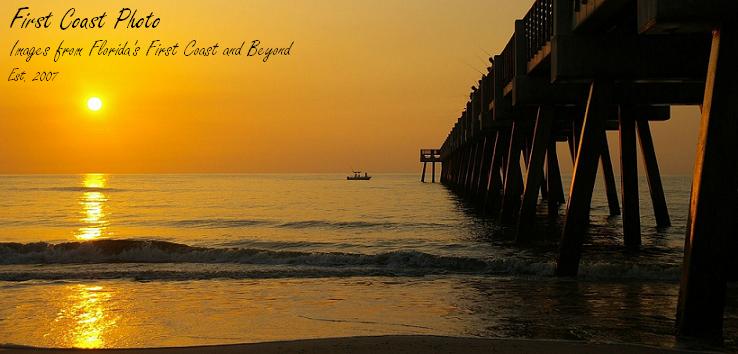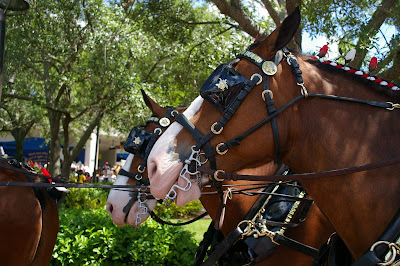All this way into my series of Sea World photos and the big man (or woman) his/her self has yet to make an appearance!
That would be Shamu, of course, the icon of Sea World. Not really unique though, as every Sea World has a "Shamu" and there have been so many of them now that they are almost in equal numbers to dead Popes. There was an original Shamu, but they are now more like the queen of England, or the president of the United States, or any husband - figureheads with no real power. :)

The current show featuring the orcas (aka Killer Whales) is called "Believe". They are called Killer Whales because they have no natural predators, not even sharks (they have been seen attacking even Great White Sharks), and can attack and kill most other marine wildlife, including some land dwelling creatures such as - gasp! - penguins. (Fishes, squids, seals, sea lions, walruses, birds, sea turtles, otters, penguins, cetaceans (both mysticete and odontocete), polar bears, reptiles, and even a moose -- they have all been found in the stomach contents of killer whales.)
 But these "Show Orcas" are kept well fed and have only rarely harmed their trainers. They are very smart and amazingly athletic and agile. For such large creatures they can perform some very delicate stunts while in the water.
But these "Show Orcas" are kept well fed and have only rarely harmed their trainers. They are very smart and amazingly athletic and agile. For such large creatures they can perform some very delicate stunts while in the water.
 Above you can see a trainer "surfing" on the back of one of the orcas. They also perform a trick where the trainer is in the water with the orca behind them, with the orca propelling the trainer forward through the water with his nose while the orca spins itself like a screw, never allowing the trainer's feet to leave its snout while it move and turns around the pool. Quite impressive.
Above you can see a trainer "surfing" on the back of one of the orcas. They also perform a trick where the trainer is in the water with the orca behind them, with the orca propelling the trainer forward through the water with his nose while the orca spins itself like a screw, never allowing the trainer's feet to leave its snout while it move and turns around the pool. Quite impressive.
 At the shows you must be aware that the first section of seats are in the "Splash Zone". Periodically during the show the orcas will leap out of the water near the pool's edge and land sideways - a belly flop - and splash huge amounts of water into the audience. Definitely not a camera friendly location!
At the shows you must be aware that the first section of seats are in the "Splash Zone". Periodically during the show the orcas will leap out of the water near the pool's edge and land sideways - a belly flop - and splash huge amounts of water into the audience. Definitely not a camera friendly location!

You can read more about orcas at this wiki: http://en.wikipedia.org/wiki/Orca

 Waves gently lapping onto shore in New Smyrna Beach, FL
Waves gently lapping onto shore in New Smyrna Beach, FL.JPG)






























 For all the Sky Watch Friday fun, visit Tom at
For all the Sky Watch Friday fun, visit Tom at 



















